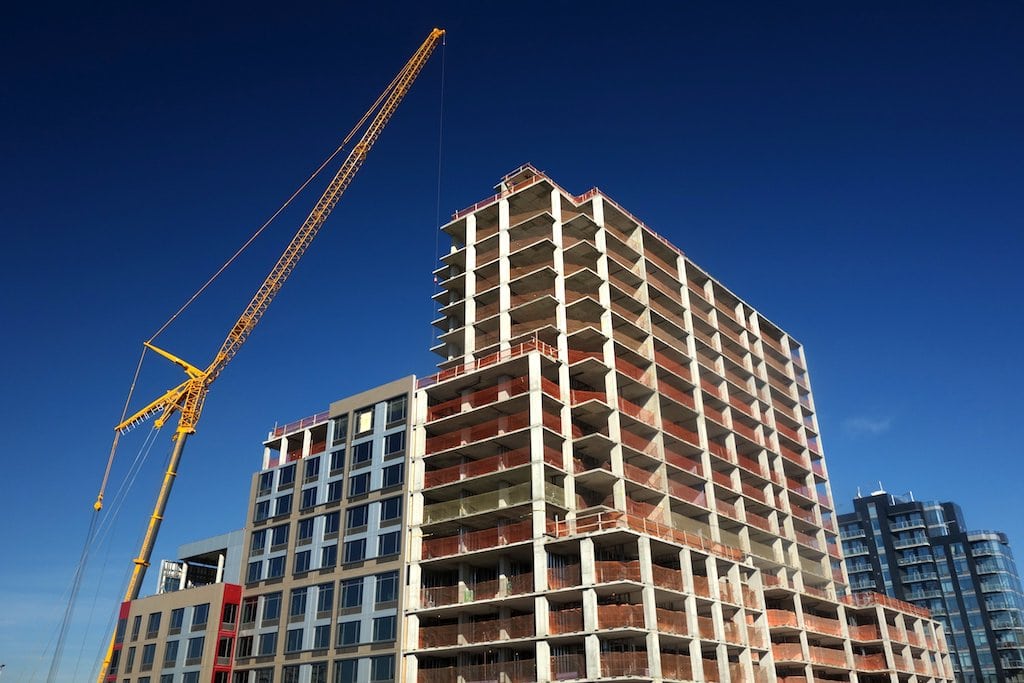Skift Take
Project-based business trips are more costly than other types of business travel in the U.S., but account for only a small percentage of the overall trips taken each year. This may rise, though, as the manufacturing and construction sectors continue to grow.
Traveling for business takes many forms, whether for a conference, a sales meeting, or dealing with a project on the ground.
Project-based business travel, however, often falls under the radar despite representing a potentially costly endeavor for the companies footing the bill.
The Global Business Travel Associaton, in conjunction with Rockport Analytics and InterContinental Hotels Group, polled 1,703 U.S. project-based business travelers on their behavior and spending on trips in 2017 for its Project-Based Business Travel in the United States report.
Project-based travel accounted for 12 percent of U.S. business trips overall in 2017, and travelers spend more on each trip ($679) than the average business traveler does ($533). A major contributor is that a project-based trip lasts an average of 5.5 days compared to 3.8 days for the average non-project trip.
Los Angeles, New York, Las Vegas, Chicago, and the San Francisco area are the top five markets for project-based business travel, according to the research.
Manufacturing is the highest spending industry for project-based travel, followed by real estate and professional, scientific, and technical activities. Construction, however, accounted for 29 percent of total trips for projects. The demand for these trips is expected to rise in coming years, as well, as these sectors experience modest growth and the U.S. economy chugs along.
“Demand for project-based business travel will continue to rise with top project-intense sectors forecasted to grow faster than the broader economy in the coming years,” said Michael W. McCormick, Global Business Travel Association executive director and chief operating officer. “While project-based business travel is extremely diverse, there are key underlying trends revealed in this study that marketers, suppliers and travel buyers can use to increase revenue, cut costs and improve traveler satisfaction.”
Employees traveling for projects behave like the average business traveler in general, although a few key differences emerge from the research. While most trips took place to cities, 36 percent took place in suburbs or rural areas (compared to 30 percent for traditional business trips). In general, workers travel longer distances for projects than they do for other kinds of business travel and 52 percent noted that trips were taken on a recurring basis.
When it comes to booking a trip, business travelers were more likely to use a corporate booking portal or book through a travel manager than on other business trips. Most booked directly with a hotel, though. Location, room rates, and loyalty rewards were the top reasons for staying at a particular property.
Those traveling for projects were less likely to use homesharing services or corporate housing and more likely to stay at a hotel. They were less likely to say they had a great deal of flexibility when booking their lodging, probably due to corporate efforts to keep costs in check.
As costs rise and project-based travel continues to grow, it will be interesting to see how companies attempt to keep spending in check while ensuring their workers have an effective and comfortable environment during their trip.
The Daily Newsletter
Our daily coverage of the global travel industry. Written by editors and analysts from across Skift’s brands.
Have a confidential tip for Skift? Get in touch
Tags: business travel, homesharing
Photo credit: A building under construction in Long Island City, New York. The construction industry spends the most on U.S. project-based business travel. Nick Normal / Flickr
